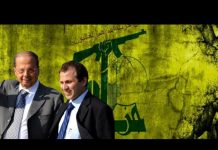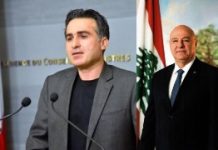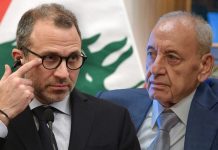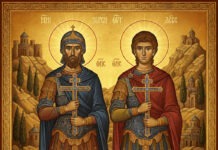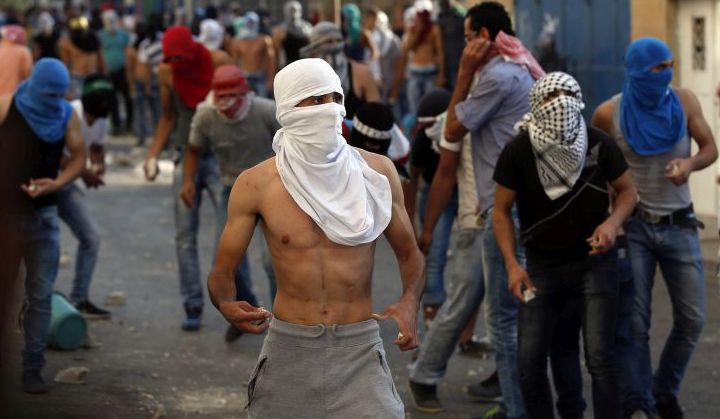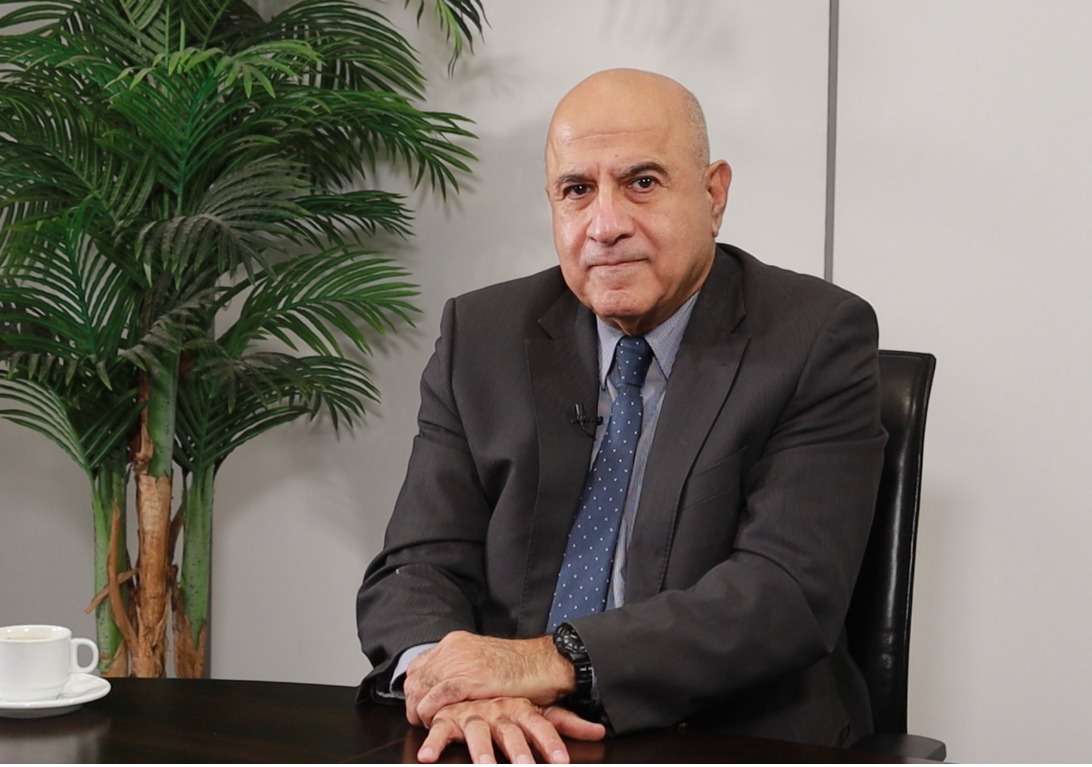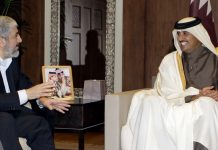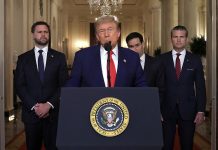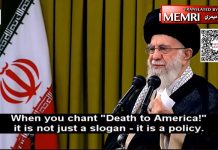Words Have Consequences: Palestinian Authority Incitement to Violence
David Makovsky/The Washington Institute/October 22/15
House Committee on Foreign Affairs
If Palestinians do not publicly acknowledge the Jewish connection to holy sites, violence could continue and possibly intensify.
Chairman Royce, Ranking Member Engel, and Distinguished Members of the Committee: Thank you for the opportunity to discuss the ongoing volatility in Jerusalem. It needs to be handled with supreme caution. In addressing the situation today, it should be clear that there is no justification for any incitement to violence. When you say that Israel wants to undermine the status of the al-Aqsa Mosque or change the status quo on the Temple Mount/al-Haram al-Sharif, it is equivalent to yelling “fire” in a crowded theater, given the role that such allegations have played in provoking past violence.
As Secretary of State John Kerry said in an interview with National Public Radio last Friday, “There’s no excuse for the violence. No amount of frustration is appropriate to license any violence anywhere at any time. No violence should occur. And the Palestinians need to understand, and President [Mahmoud] Abbas has been committed to nonviolence. He needs to be condemning this, loudly and clearly. And he needs to not engage in some of the incitement that his voice has sometimes been heard to encourage. So that has to stop.”
This incitement includes public remarks by President Abbas, during which he said that “every drop of blood spilled in Jerusalem is pure. Every martyr will reach paradise, and every injured person will be rewarded by God.” He has also said that Jews “have no right to desecrate the mosque with their dirty feet.” Abbas has not renounced these statements, and in recent days he has called for “popular nonviolent struggle.” (This is not to say that Prime Minister Binyamin Netanyahu has not made some questionable statements of his own. Recently, he said that the leader of the Palestinian national movement in the 1940s was more adamant about killing Jews than Adolf Hitler, a claim that has been refuted by Holocaust historians.)
Sadly, the charge that Israel is out to destroy the mosque is not new. This claim was made in 1929, resulting in riots in Hebron that killed 63 people. More recently, fatal violence surrounding the Temple Mount occurred in 1991 (20 killed), 1996 (87 killed), 2000 (153 killed within the first month of violence), and 2014 (9 killed). I want to be clear that this does not mean that all Palestinians favor this approach. In fact, more than 400 Jews were saved in 1929, when many found refuge in the homes of Palestinians.
A few things need to occur to ensure that this pattern is not repeated. First, there needs to be an honest acknowledgment that the Temple Mount/al-Haram al-Sharif is holy to both Muslims and Jews. Israeli leaders of all stripes have asserted the sanctity of the area to Muslims since the time of the Prophet Muhammad in the seventh century. The reverse has not been the case. The Palestinian leadership does not tell its public that the area also has historical significance for the Jewish people.
Ancient Jewish history was defined by the Temple eras — one lasting 410 years and another lasting 420 years. When the Temples were destroyed, so were the first two Jewish commonwealths, ending finally in 70 C.E. It took until 1948, or close to 1,900 years, for that longing for sovereignty to be restored. At the Camp David summit in 2000, Yasser Arafat famously angered President Bill Clinton by denying that the Temples existed — saying they were located instead in Nablus or even Yemen. Clinton reportedly responded that every Sunday school student in Arkansas knew this was not the case. Anyone who has been to a Jewish wedding knows there is a breaking of the glass, done to indicate that even the most joyous occasion is mixed with sorrow, recalling the destruction of those Temples. For close to two thousand years, Jews have prayed three times a day in the direction of the Temple Mount. It is the Zion of Zionism.
The vast majority of Jews in Israel and around the world do not attempt to pray on the Temple Mount. If Jews have not ascended the Temple Mount, it is not because it is not holy but because it is too holy. From 1967 to today, the Chief Rabbinate has forbidden Jews from visiting the area, believing this should only occur during the messianic age. A few radical Israeli activists and even some politicians, including Agriculture Minister Uri Ariel, have nonetheless recently visited the Mount. They believe that archaeology has provided a far more precise perimeter of the Mount, as it existed historically, and that, therefore, they can more precisely avert its exact location. These proponents favor Jewish prayer in what they consider the permitted section of the Mount, but this is bound to lead to bloodshed. Yuval Diskin, former head of the Israel Security Agency, or Shin Bet, echoed the view of many who oppose Jewish prayer on the Mount, since it is “the most fuel-saturated flammable area in the Middle East.” To its credit, the Netanyahu government has refused to change the status quo.
Ironically, this lack of acknowledgment on the Palestinian side was historically not always the case. A pamphlet for tourists visiting al-Haram published by the Supreme Muslim Council in 1924 said the fact that al-Aqsa is built on the site of Solomon’s Temple is “beyond dispute.” However, the intertwining of religion and nationalism ensured that this historical acknowledgment was erased. Of course, neither side has to accept the narrative of the other as sacrosanct. Yet if they cannot acknowledge that the other side reveres the site as they do, violence is bound to continue, as we have seen. Understanding that both sides have religious rights seems to be a prerequisite for calming the situation.
While the Temple Mount/al-Haram al-Sharif issue has been the primary cause of violence in Jerusalem in the last twenty years, other factors have led to violence. For example, during the summer of 2014, a Palestinian teenager was killed as tensions roiled over the kidnapping and subsequent murder of three Israeli teens, which indirectly contributed to the outbreak of the ensuing war in Gaza. Moreover, none of this is to rule out economic factors possibly affecting the violence. Observers believe Israel’s ambiguity in heavily investing in Palestinian-sector infrastructure is due to the notion that Israel may yield these neighborhoods in any final deal with the Palestinians. It is estimated that three-fourths of the 316,000 Palestinians in the city live below the poverty line. Palestinians see their status in limbo, as Jewish neighborhoods in East Jerusalem flourish.
So what can be done? When such allegations surfaced last year, Secretary Kerry, Prime Minister Netanyahu, and Jordan’s King Abdullah were able to meet in Amman and defuse the situation. Historically, Jordan has been the Arab custodian of the Temple Mount. Indeed, this week, Kerry is meeting with Netanyahu, Abdullah, and Abbas to see what can be done to defuse the situation. In principle, Israel, Jordan, and the Palestinian Authority all have an interest in quelling instability, which only serves to benefit extremists. While all sides say they do not want to change the status quo, the problem is that the status quo on the Temple Mount/al-Haram al-Sharif has not been delineated in an explicit set of understandings. If there were trust between Israelis and Palestinians, perhaps verbal understandings would be sufficient, but this is not the case today. The U.S. government can be helpful in reaching a set of understandings between the parties to measure the status quo going forward. In order to be effective, this would need to be publicly reaffirmed by Jordan. Such a three-way agreement, among Kerry, Netanyahu, and Abdullah, should then be acknowledged by Abbas. Hopefully, making such understandings explicit would add a vital measure of predictability to an unpredictable situation.
Israel needs to also find a way to communicate better with Palestinians in East Jerusalem. Israel has been called the “start-up nation,” given the success of its high-tech sector. In the recent war in Gaza, Israel used its high-tech prowess to communicate to Gaza residents. Israel was able to limit civilian casualties by sending text messages to Gazans, telling them to evacuate their homes in advance of airstrikes. If Israel can reach those Palestinians, why can’t they text Palestinians in East Jerusalem in Arabic and deny rumors about changing the status quo on the Temple Mount?
Of course, when dealing with an issue as volatile as the Israeli-Palestinian issue, there is a tendency to throw up your hands in despair. I would kindly caution against such a move, given how much is at stake. Since October, ten Israelis have been killed in Palestinian attacks. Twenty-six Palestinian assailants were killed and more than twenty additional Palestinians were killed by Israeli fire in clashes in Jerusalem and the West Bank. However, the scale of violence has not approached that of the second Palestinian intifada. Between 2000 and 2004, four thousand people were killed — approximately three thousand Palestinians and one thousand Israelis — and the number injured was far greater than what we see today.
It reminds us that as bad as the situation is, it could get far worse. Some people might say, well, let’s just cease funding to the Palestinian Authority (PA). Yet it is important to remember that Israeli and PA security officials are engaged in daily security cooperation that is vital not just for Palestinians but for Israelis too. This is the view of top Israeli security officials. Benny Gantz, chief of staff of the Israel Defense Forces until a few months ago, said in a recent speech at my own Washington Institute: “We need to stick to security and give up the dreams as we would like to have them — all governments of Israel have [expressed support for a] two-state solution.” Similarly, in a 2014 op-ed, Yuval Diskin wrote, “The coordination between the security forces has [made] a significant contribution [to] the relative quiet” in the West Bank. He called this cooperation better than ever, despite the impasse in peace negotiations since 2007. He said that the PA “understands that Israel’s security is central to their survival in the struggle with Hamas in the West Bank.”
We are approaching the twentieth anniversary of the killing of Israel’s iconic premier and 1967 war hero, Yitzhak Rabin. He was known as a hardened realist. Nobody could call him a dreamy peacenik. Yet he understood an important insight. The traumas of Israelis and Palestinians will require them to separate and avoid a de facto binational reality, a recipe for permanent bloodshed. This insight underscores the need to continue working for separate political entities, one Israeli and one Palestinian, and for dignity for both peoples. We cannot afford to give up. Given the bloodshed in Jerusalem, Palestinians must come to grips with the fact that both peoples do not just have political rights but also a religious connection to the land based on their own history. If that recognition is not reached, I worry that violence will continue to periodically erupt and possibly intensify.
Watch video of the full hearing on the Committee on Foreign Affairs website.
**David Makovsky is the Ziegler Distinguished Fellow and director of the Project on the Middle East Peace Process at The Washington Institute.



